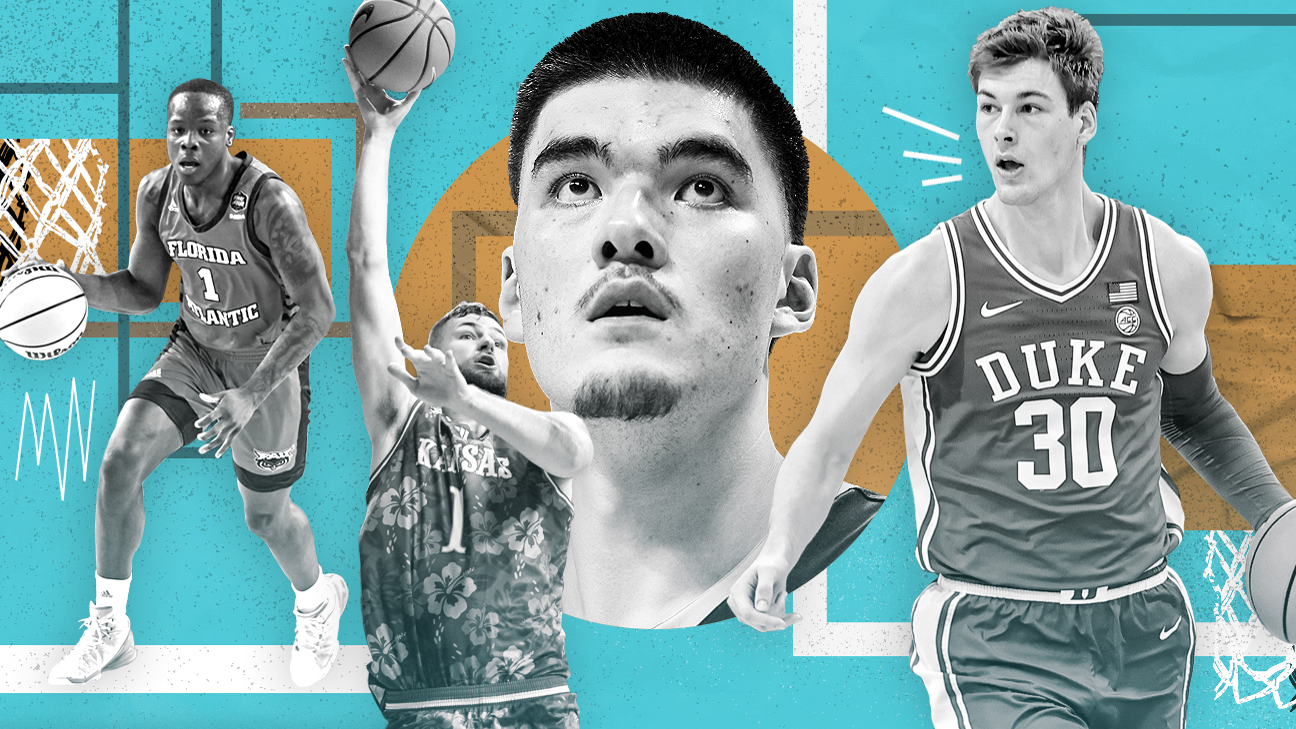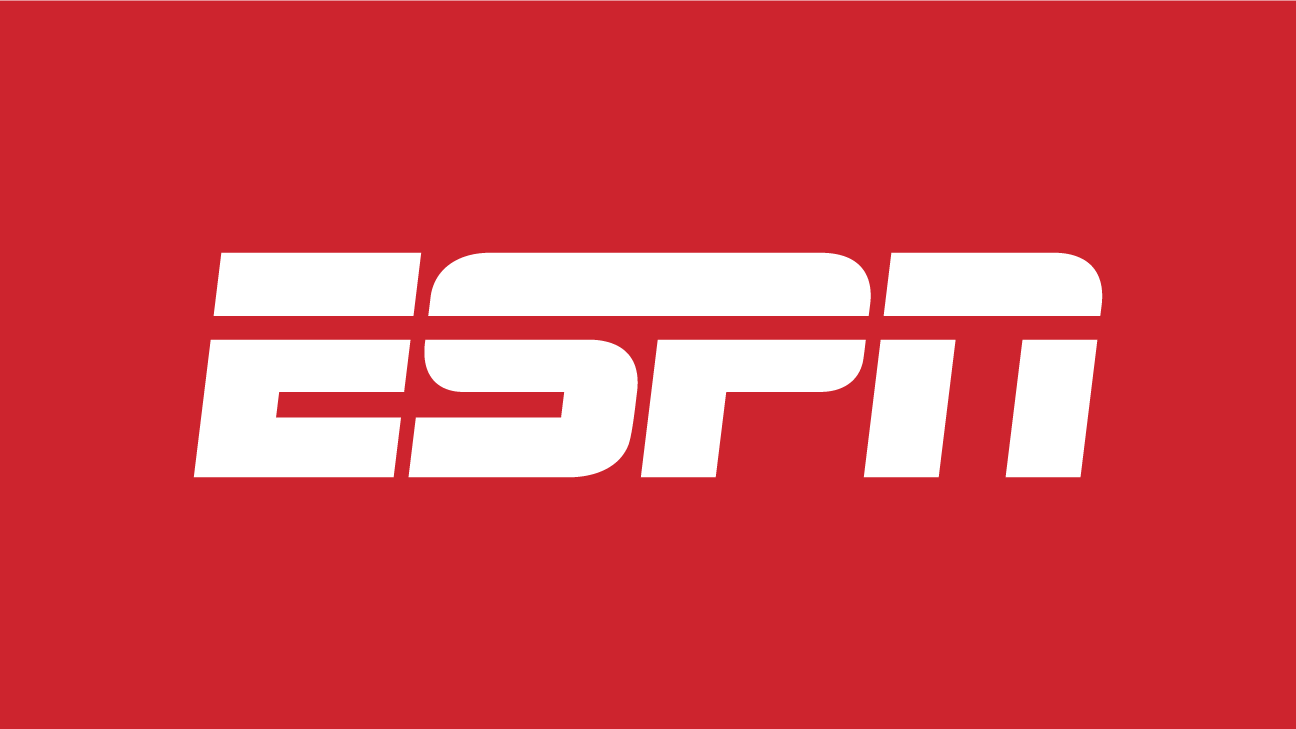SEC commissioner Greg Sankey says that the NCAA basketball tournament might change from its current field of 68 teams.

www.espn.com
Heather Dinich, ESPN Senior Writer
DESTIN, Fla. -- As the SEC spring meetings concluded on Thursday, commissioner Greg Sankey acknowledged that while college athletics is in "uncharted waters," he believes the NCAA Division I schools can continue to operate together, and his conference is prepared "to take a leadership role" as they all navigate the historic change.
Sankey said the NCAA basketball tournament in March is what binds Division I together, but if it's going to stay together, "there are pressures that have to be recognized."
"We've allowed Division I to grow," he said. "We have conferences solving their membership problem by inviting non-Division I members in, but we haven't modified the bracket size. I think common sense says you have to dig into that. There are competitive issues, there are calendar issues, there are economic issues. But I do think that March can be kept together. That doesn't mean it stays exactly the same.
"We also have to recognize the differences that do exist within the group that pursue that brass ring of the tournament access opportunity."
The SEC has formed multiple working groups to help tackle the weighty issues looming after the House v. NCAA settlement, including one to look at conference rules that might need to be removed or implemented. Another group will take a deeper dive into the league's federal legislative efforts, and another will look into oversight and governance of the settlement itself.
There's also a group of athletic directors looking into roster structures, which Sankey said needs to move expeditiously. Conference leaders agreed, though, that one major next step will be to see a longer-form filing of the settlement, part of which will reveal how the plaintiffs plan to disperse the historical damages, which date back to 2016. Sources said they expect to learn that before July.
"That's the next move," said Texas president Jay Hartzell. "We'll get to see what their plans are. Not that we'll shape it, but the public will start to learn what's going to happen. It will be interesting to see what the reactions are based on how they plan to spend the money. We'll all be watching that."
How that revenue is distributed to past athletes will impact the conversation about Title IX moving forward, as sources told ESPN this week the back pay could be lopsided towards men. That's up to the plaintiffs, though, as current athletic leaders are tasked with figuring out how to allocate it moving forward. While the back pay will provide some clarity, they still need to figure out how the money ties into the federal law.
Oklahoma president Joe Harroz Jr. said questions about the settlement are "the entire universe right now."
"When you look at it, with the settlement it changes so much," he said. "It really is this idea of making sure you're in line with the settlement and that we continue to be the conference that leads the country."
Sankey has repeated every day this week that the critical answers to how the revenue distribution will be implemented to players on each campus -- and how Title IX factors into it -- will be part of a process that plays out over the next several months. The in-person meetings the league has had, though, over the past month, helped the conference discussions this week.
"I think we walk out of here with an understanding that we're heading to a new chapter, we're going to have to manage transition, but fully prepared and committed across the board at the athletic director, president and chancellor level to take a leadership role in that change," he said.
Sankey said the SEC will continue to work with the Big Ten in that role, and said the advisory committee between the two was "an acceptance of the responsibility for leadership."
He said they don't currently have any meetings scheduled, but they both are eager to discuss their end-of-year meetings.
"We're going to have to make independent decisions on a number of key things," he said. "We can't solve every problem together, otherwise you reintroduce antitrust concerns. ... We also have to draw people in, so it's not like two votes change the world. Certainly two conferences agreeing on things and in the right sort of way have influence."
The SEC on Thursday also announced new payout amounts for any of its teams that qualify for the 12-team playoff, which begins this fall. Any SEC team that makes the first round will earn $3 million, followed by an additional $3.5 million for a quarterfinal appearance, $3.75 million for a semifinal, and $4 million for participating in the national championship game. That's in addition to travel expenses. Sankey said those numbers were an SEC policy, and each conference can make its own decisions on respective payouts.




